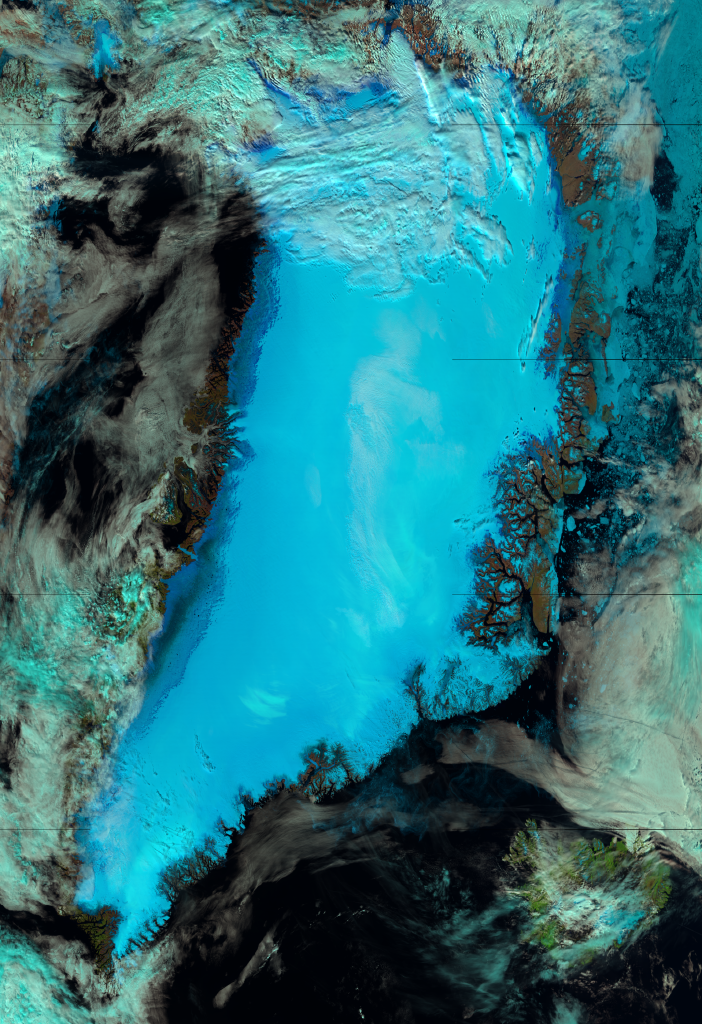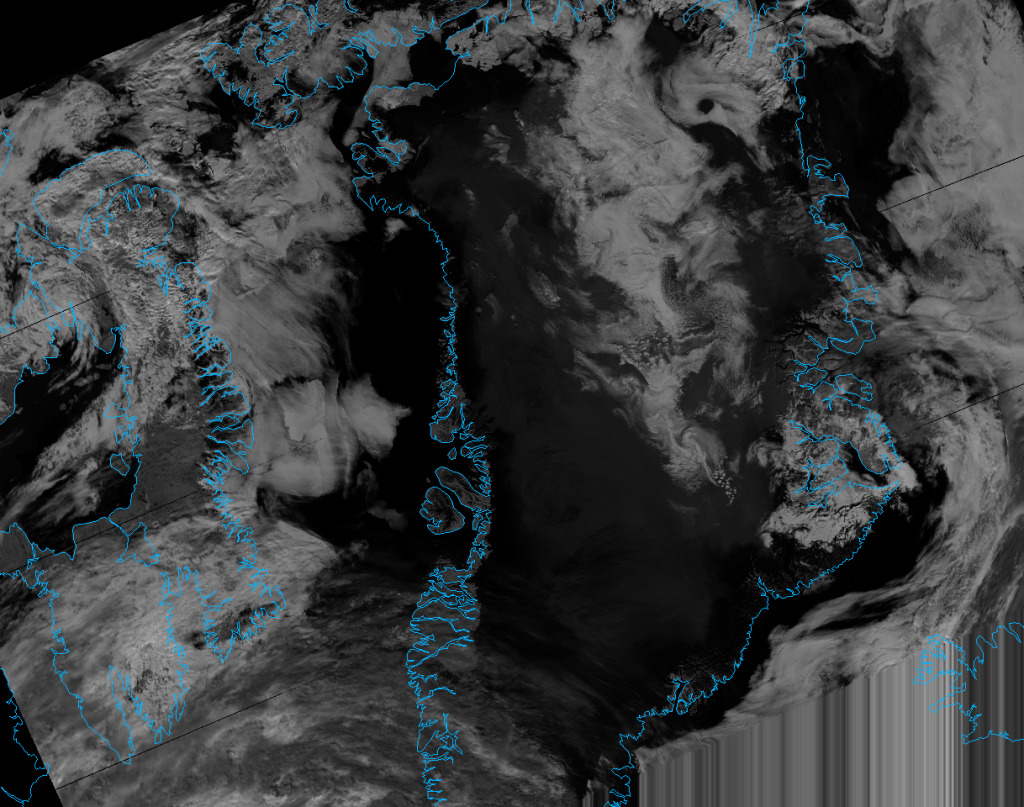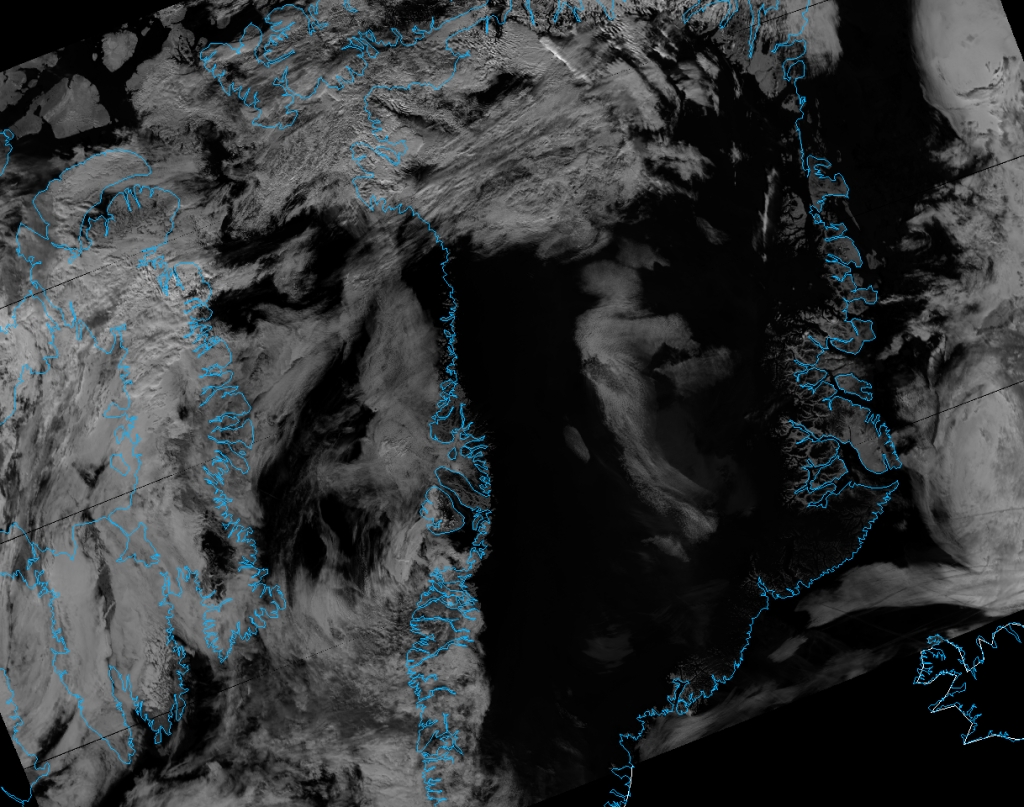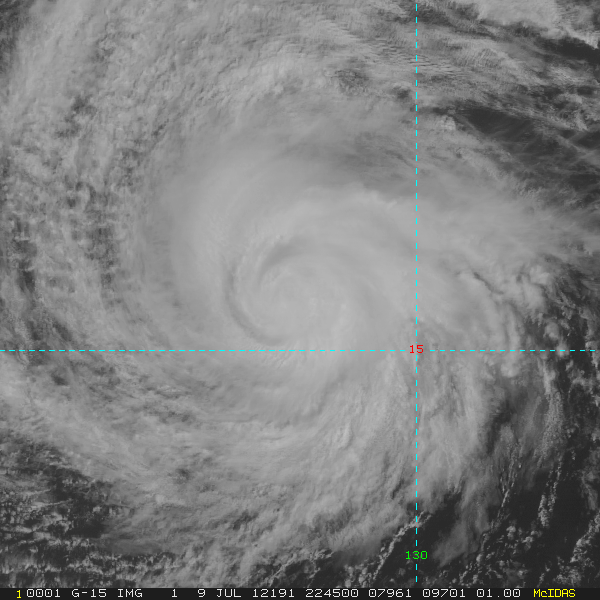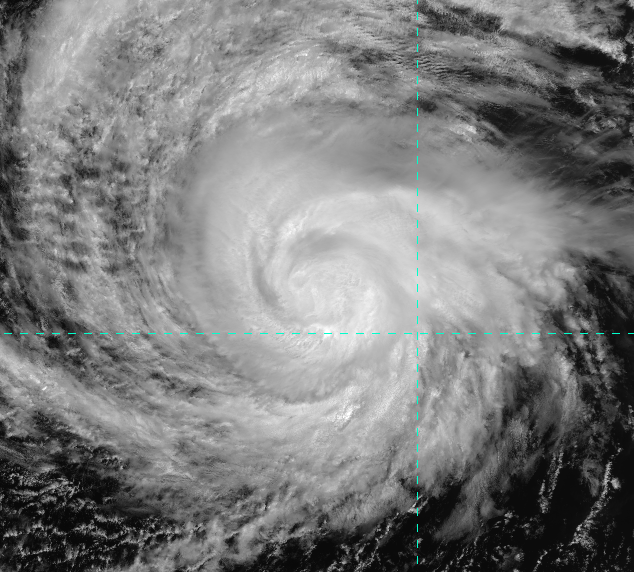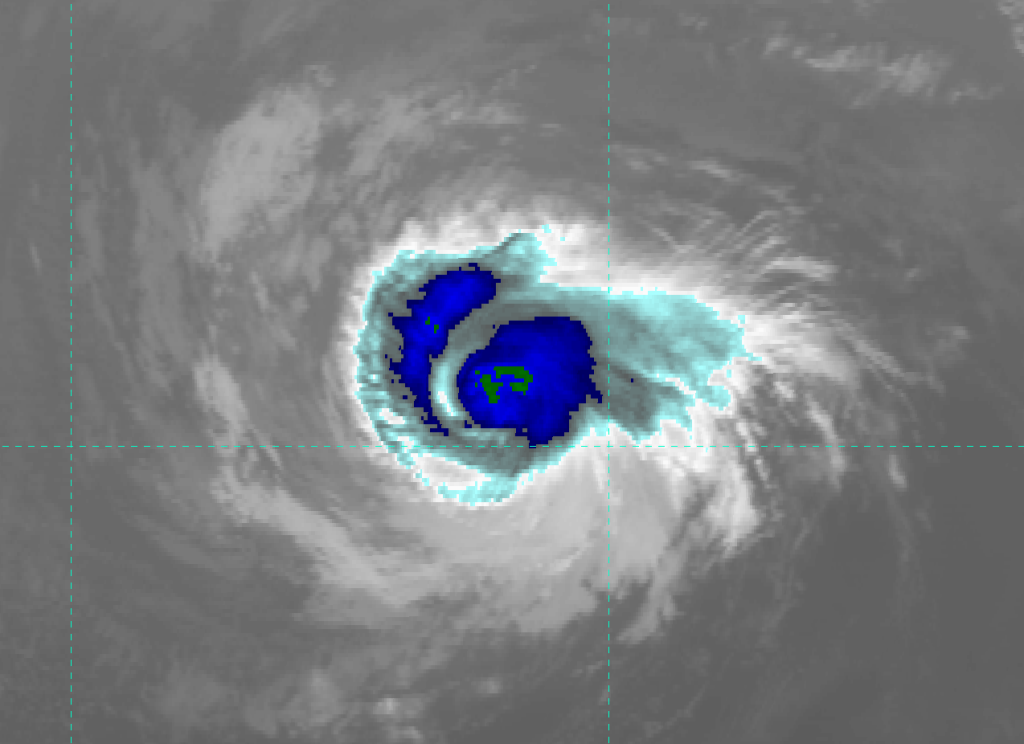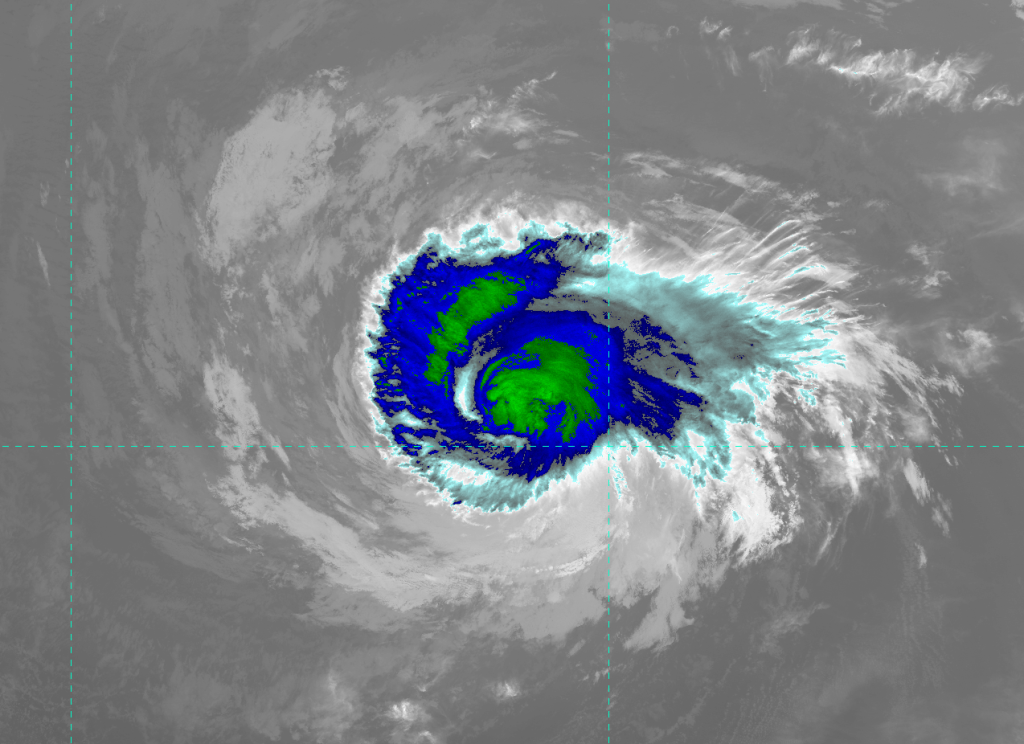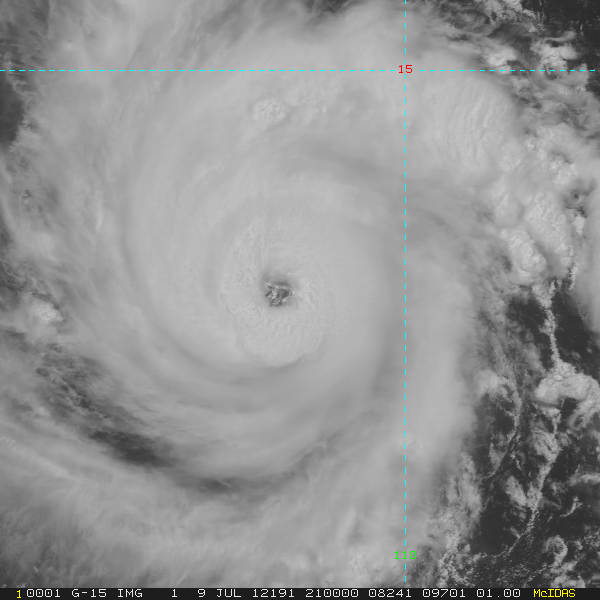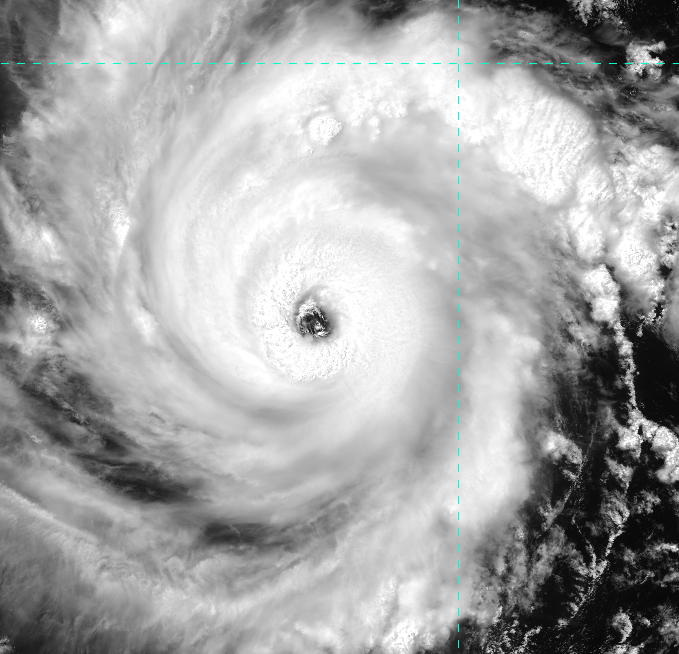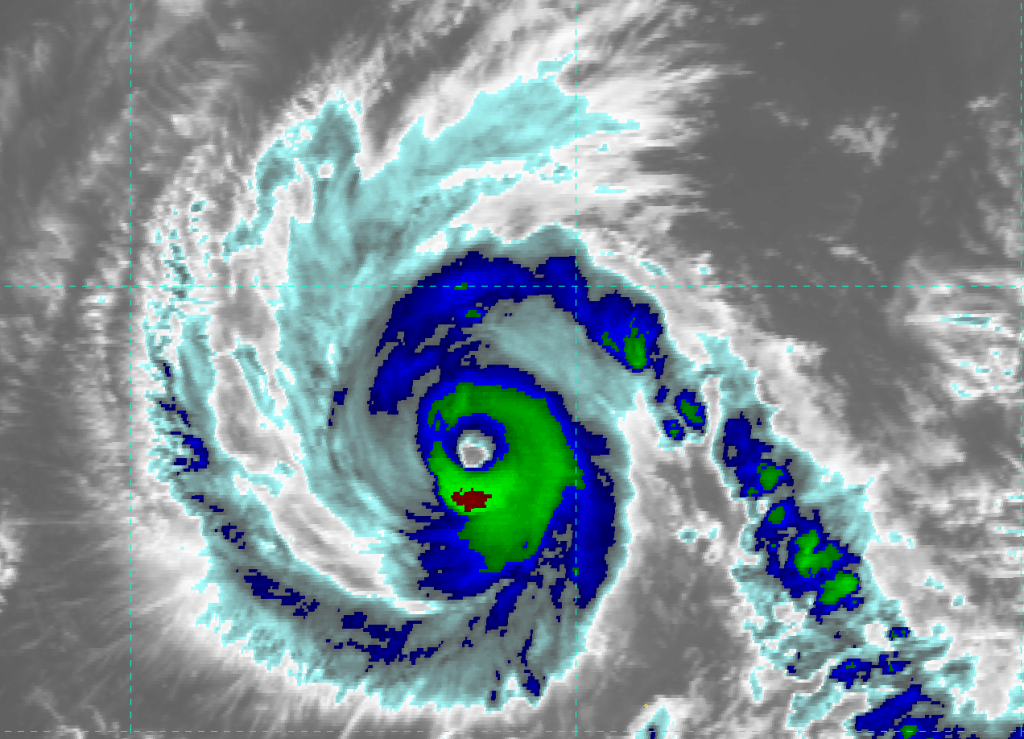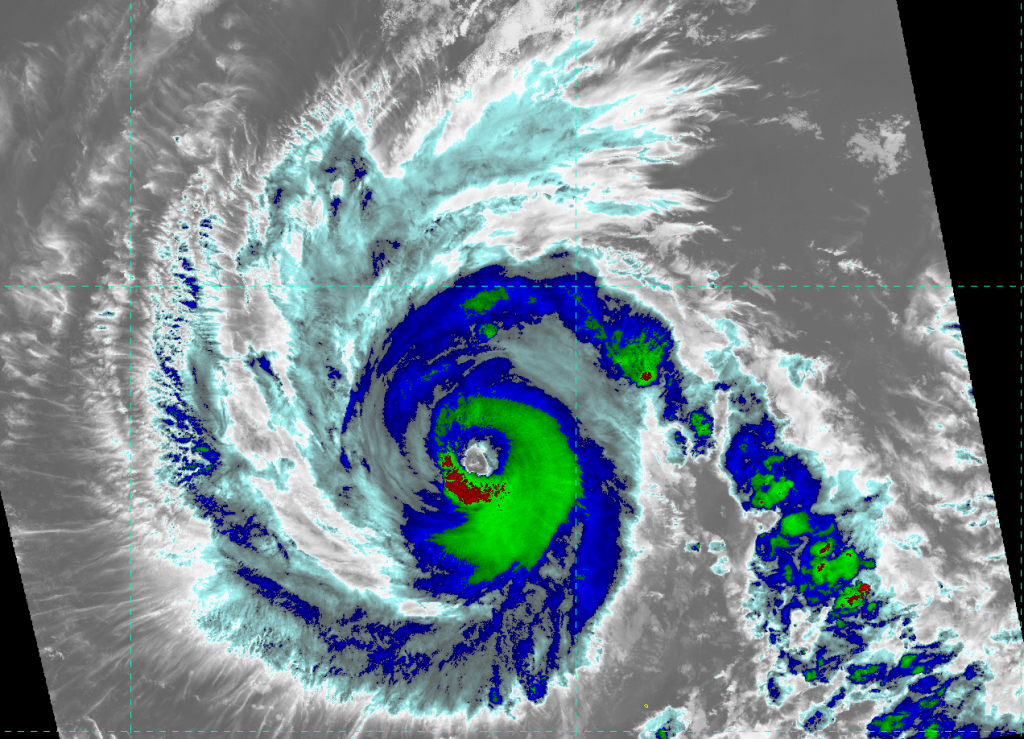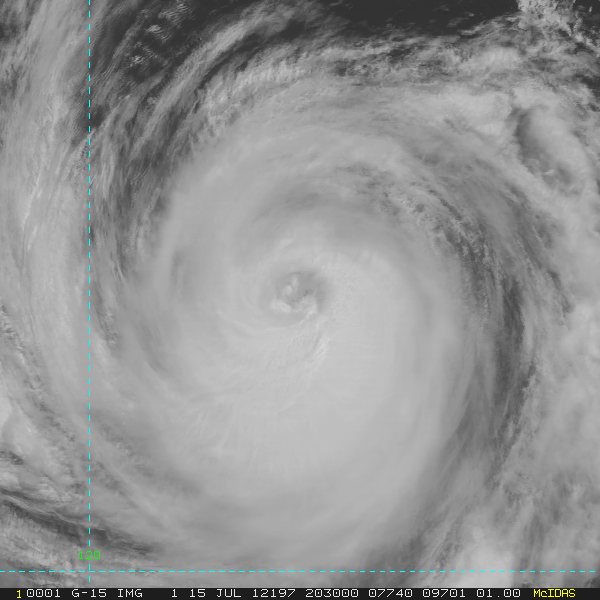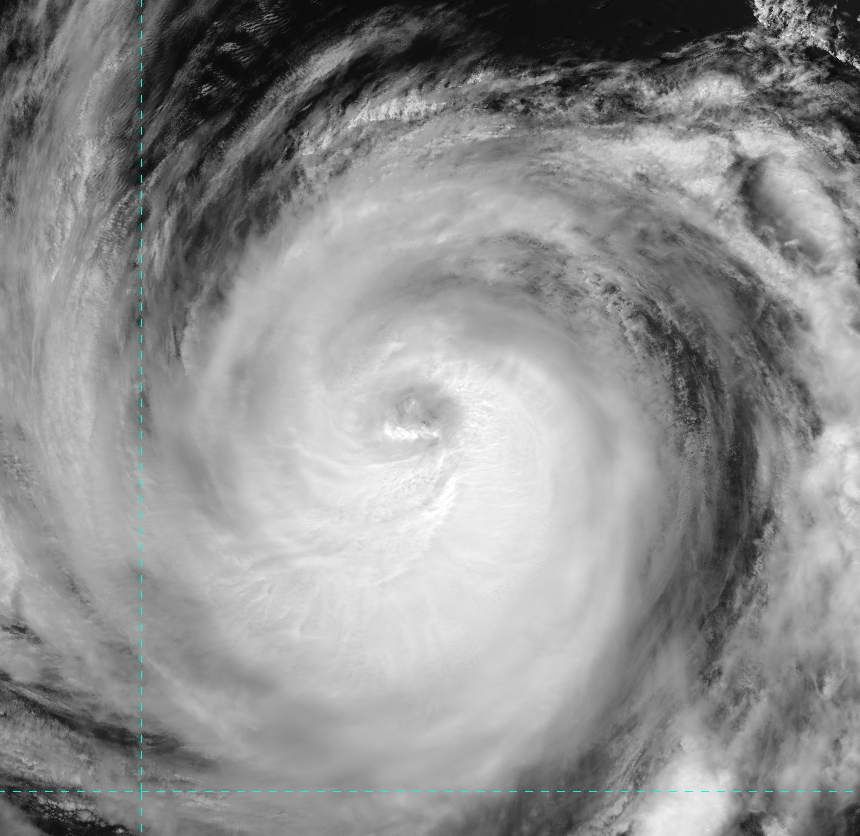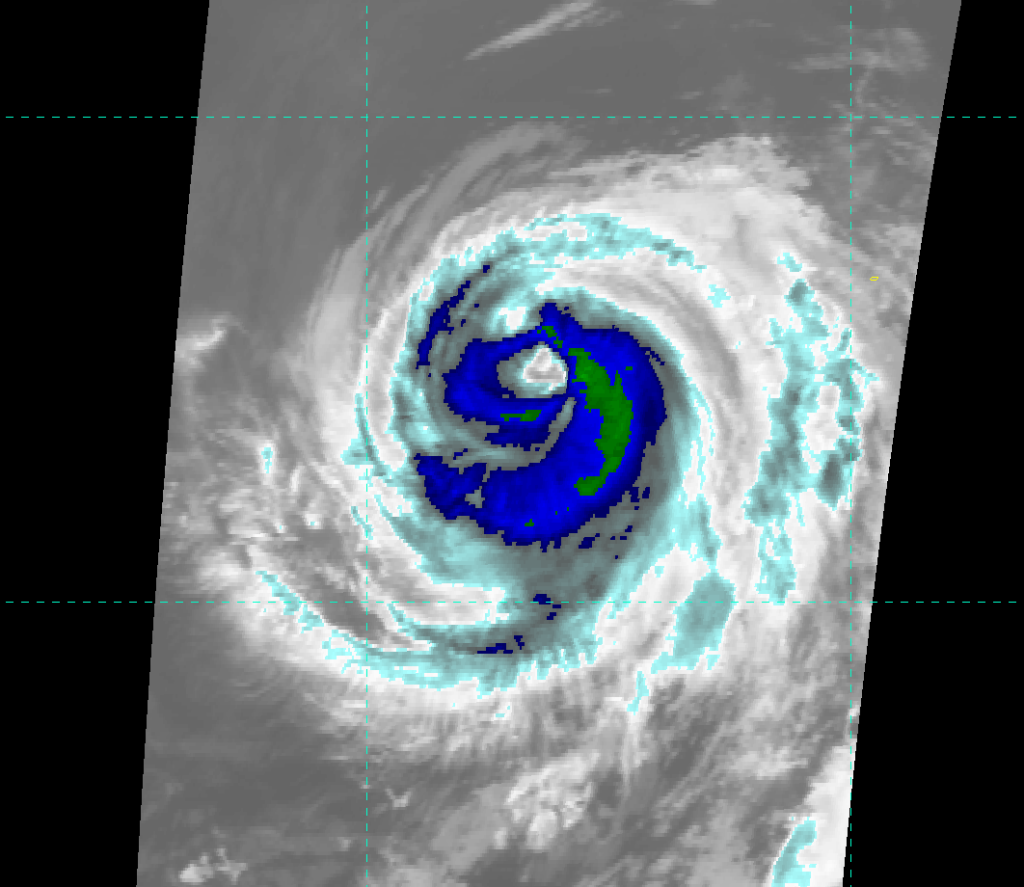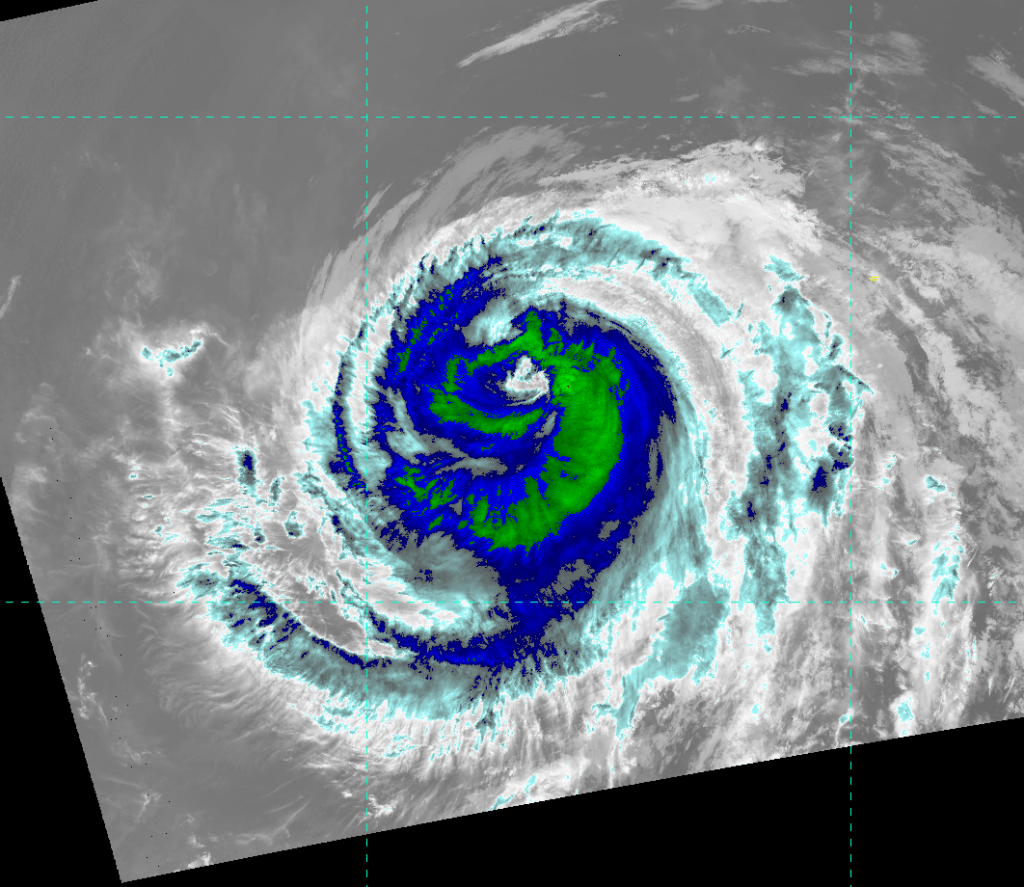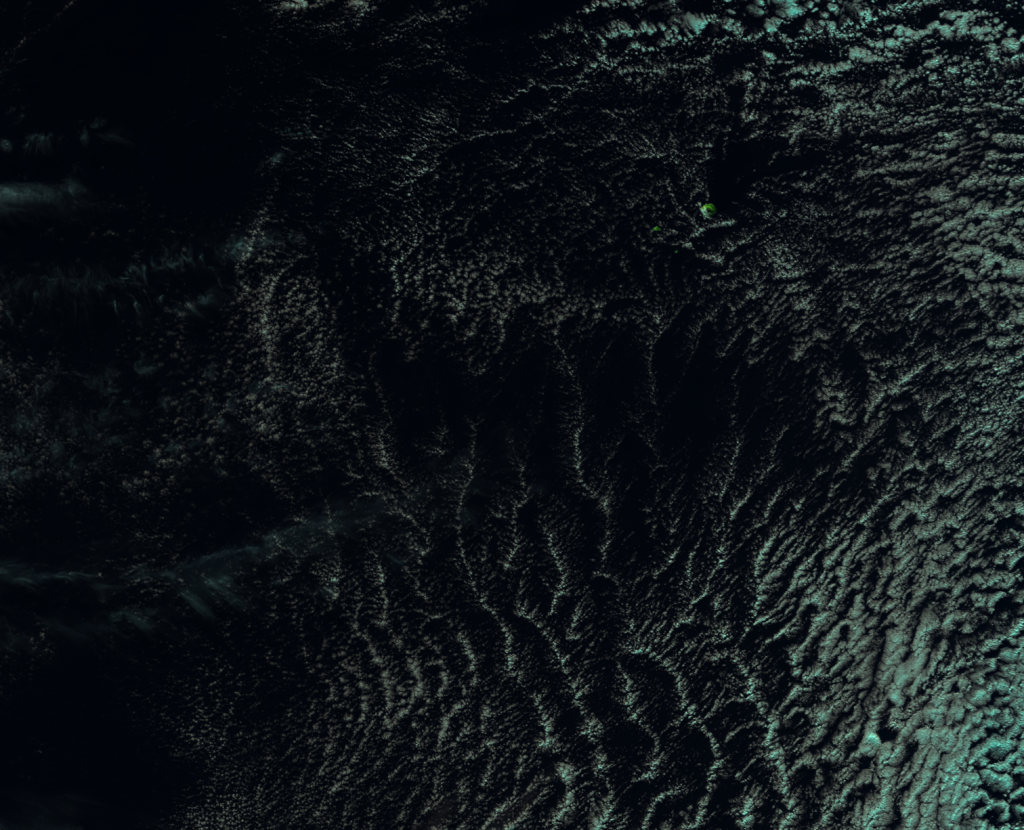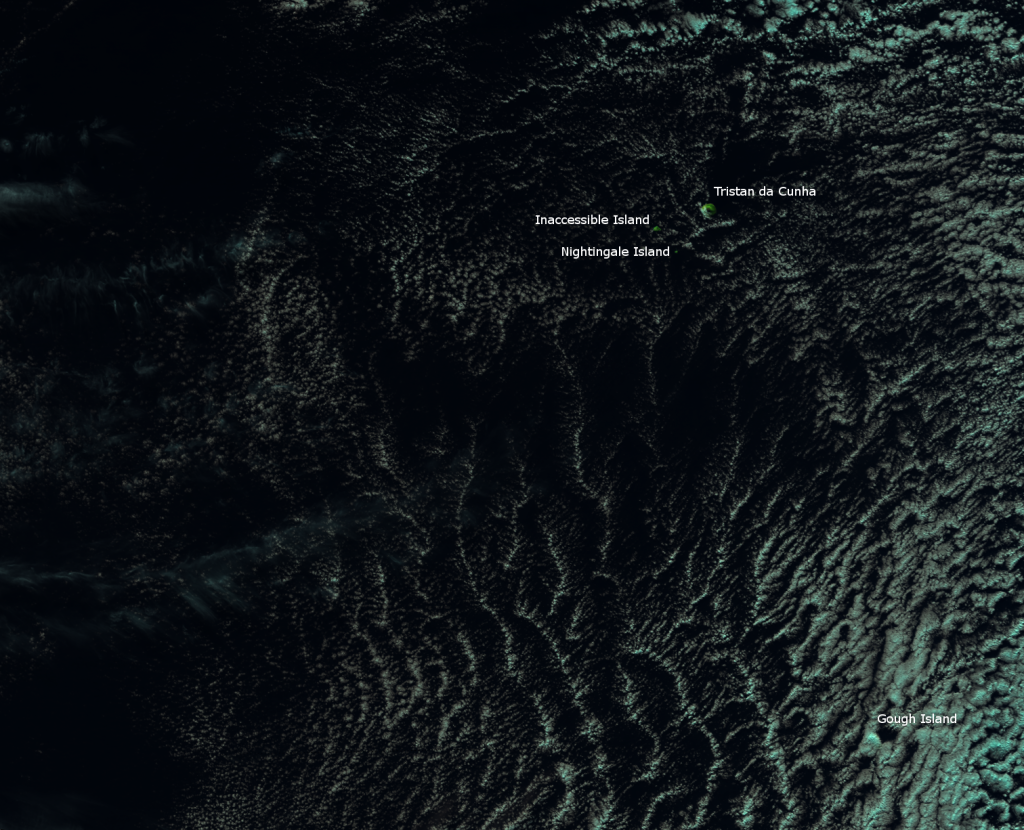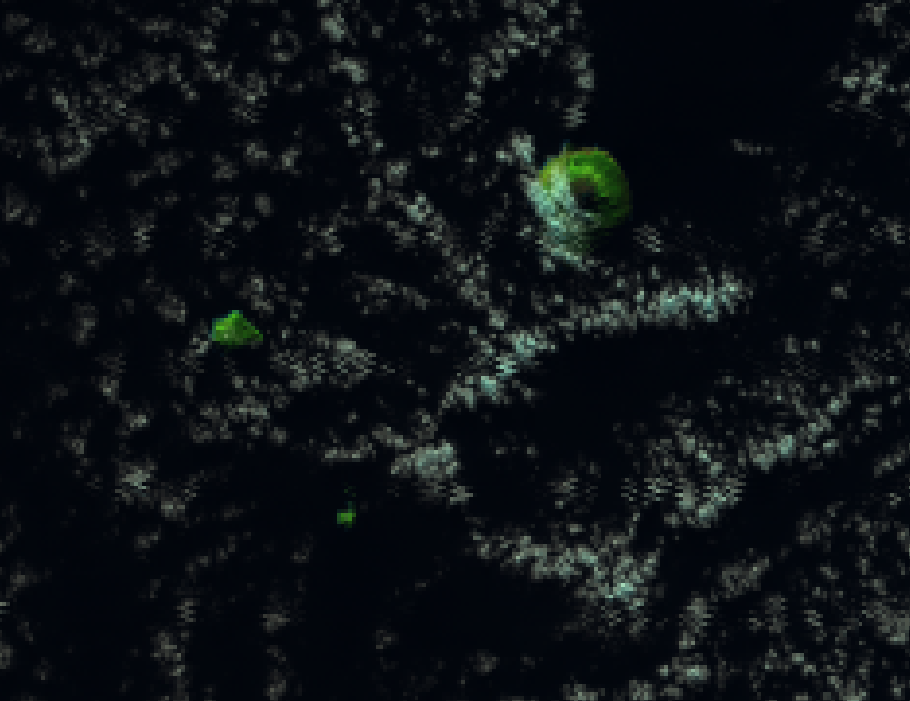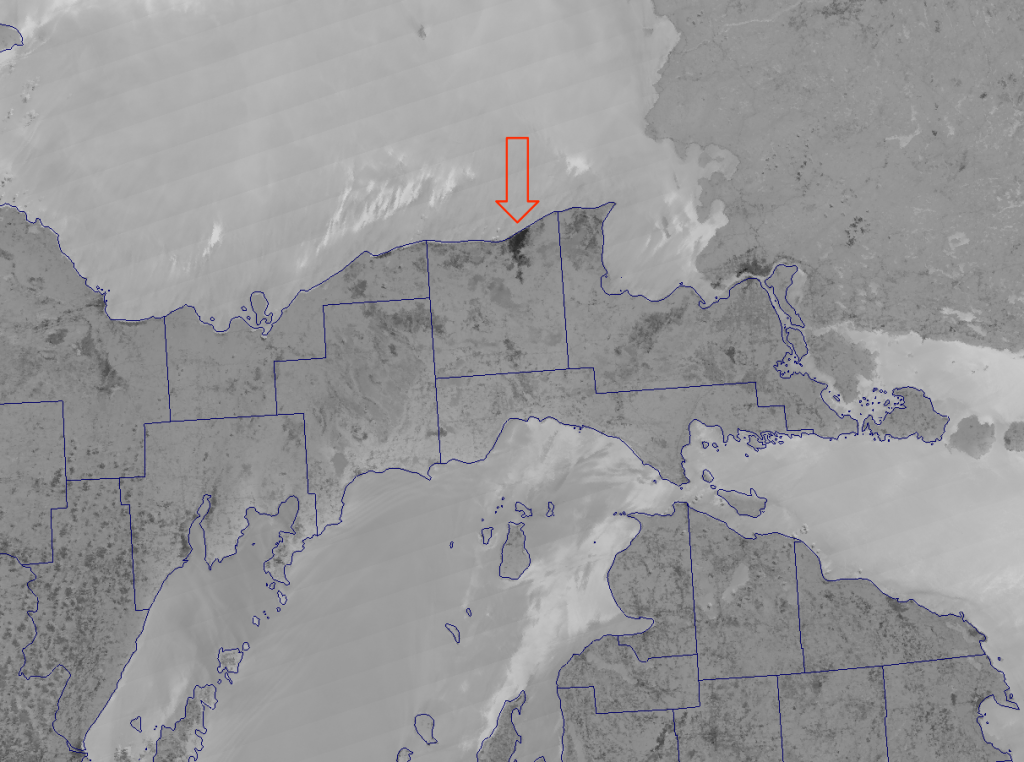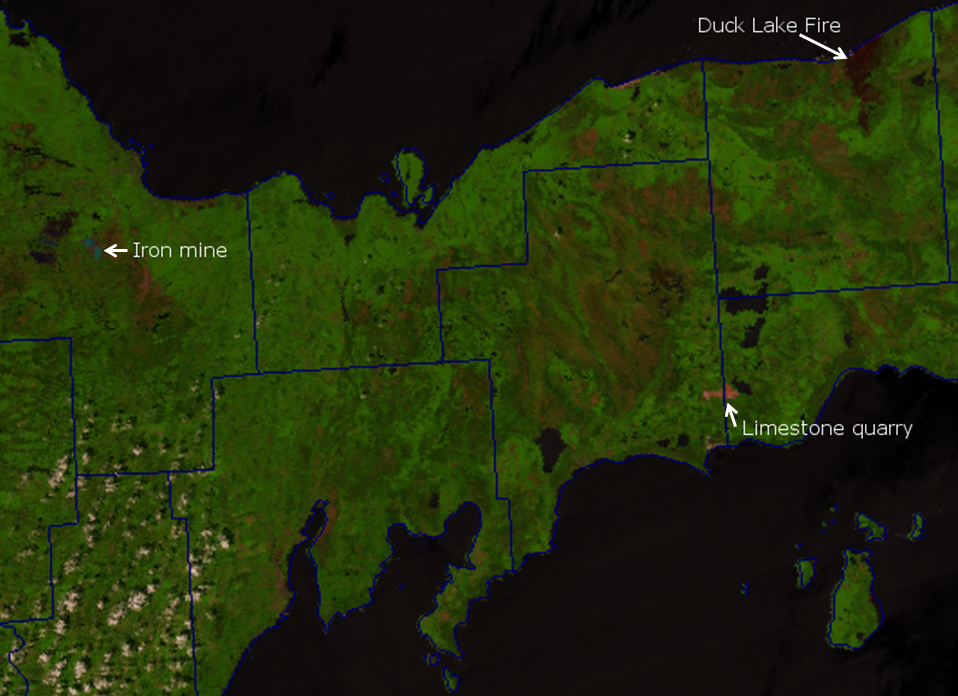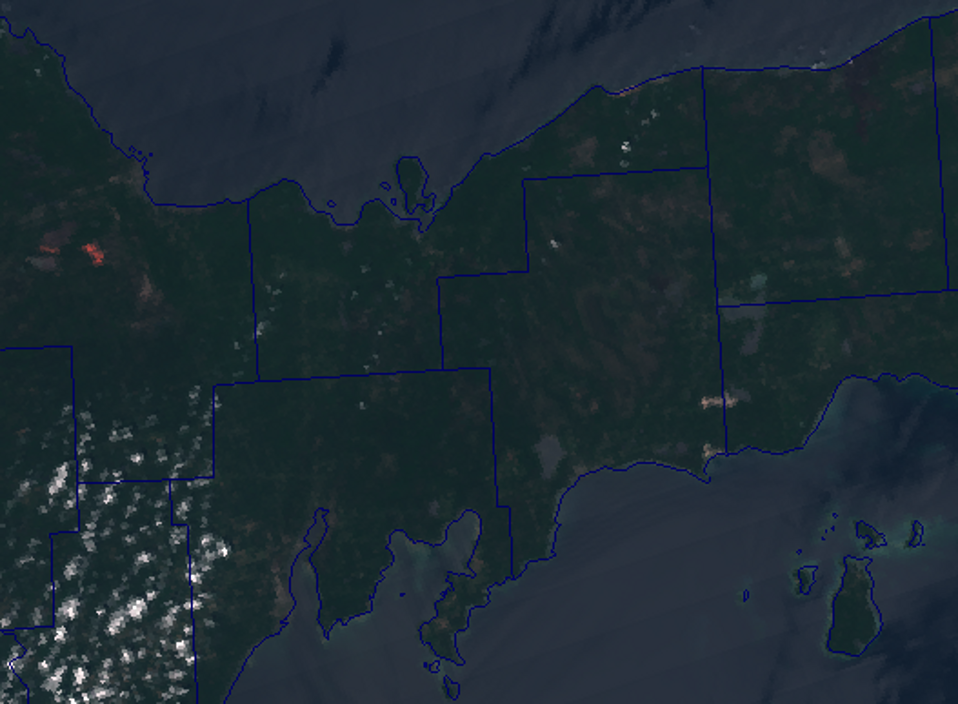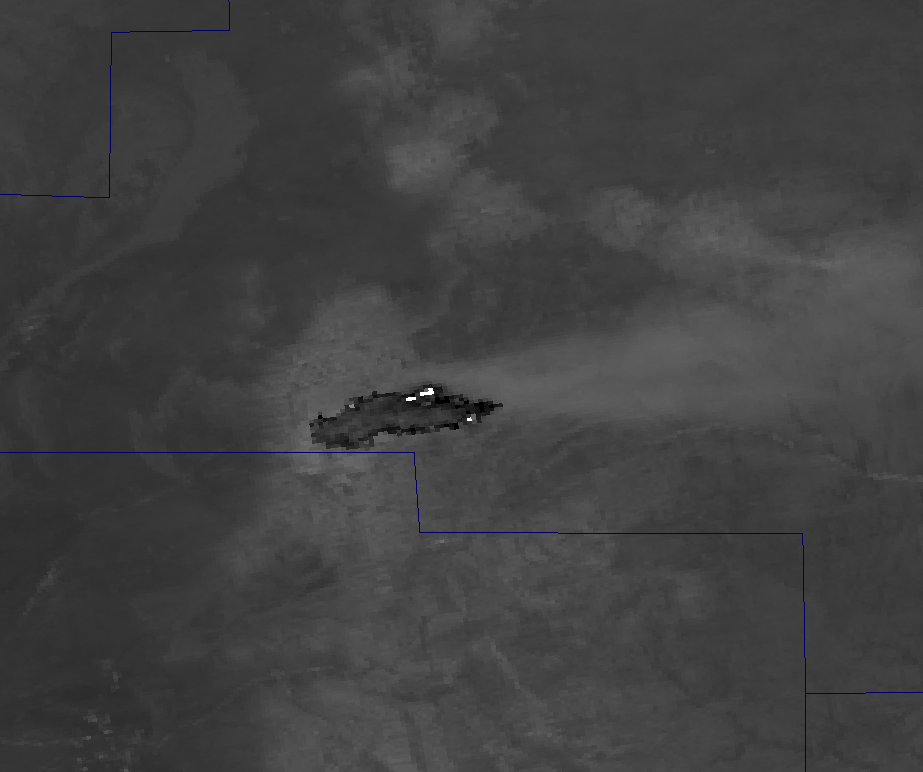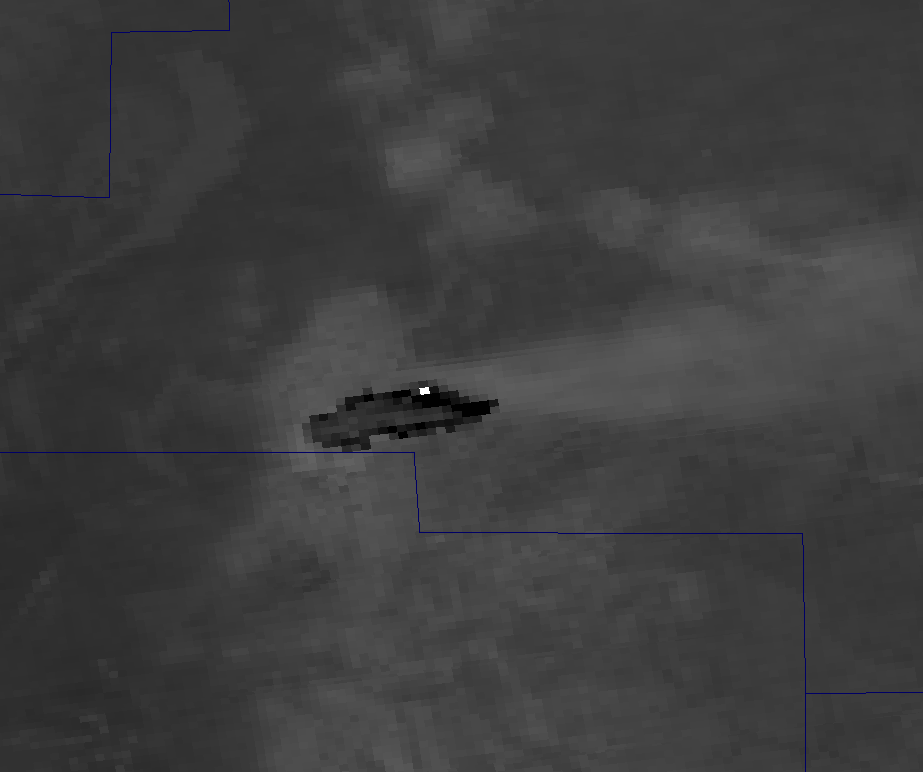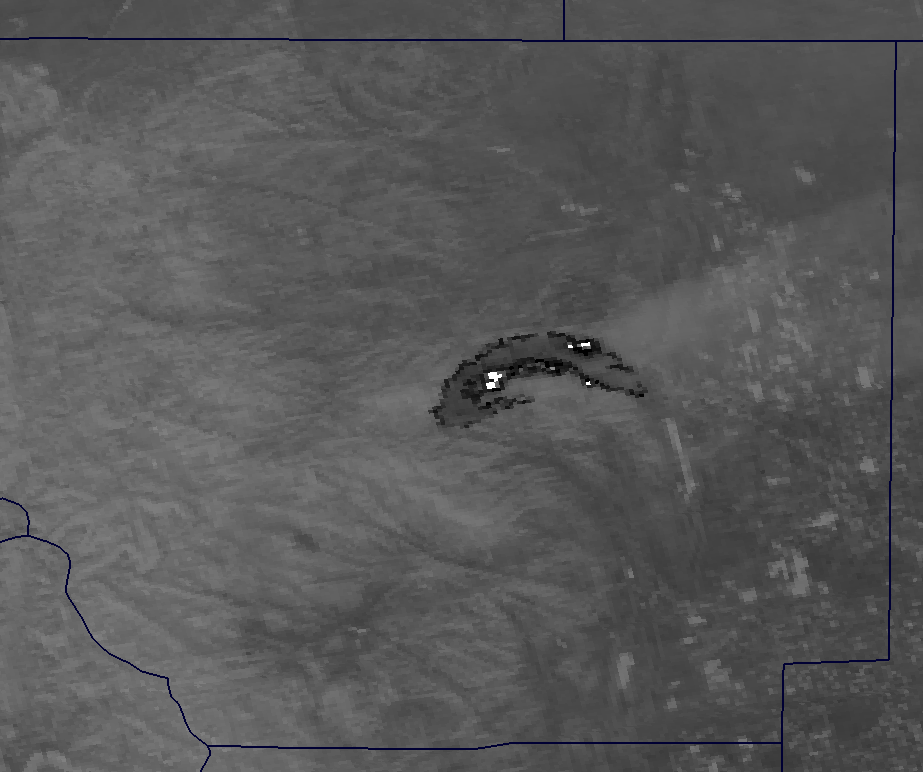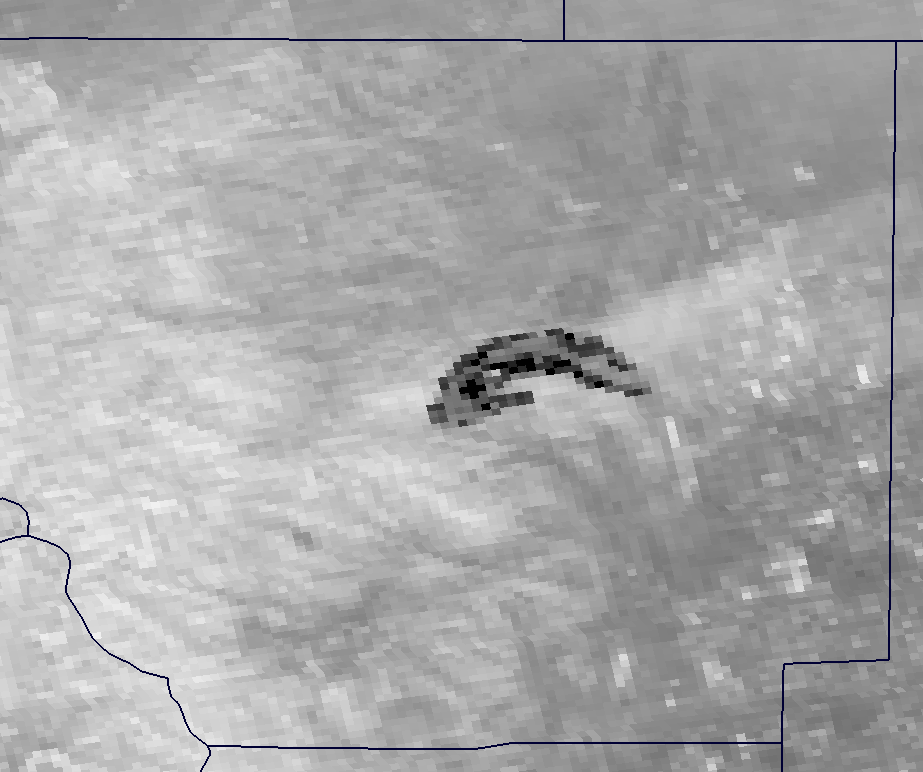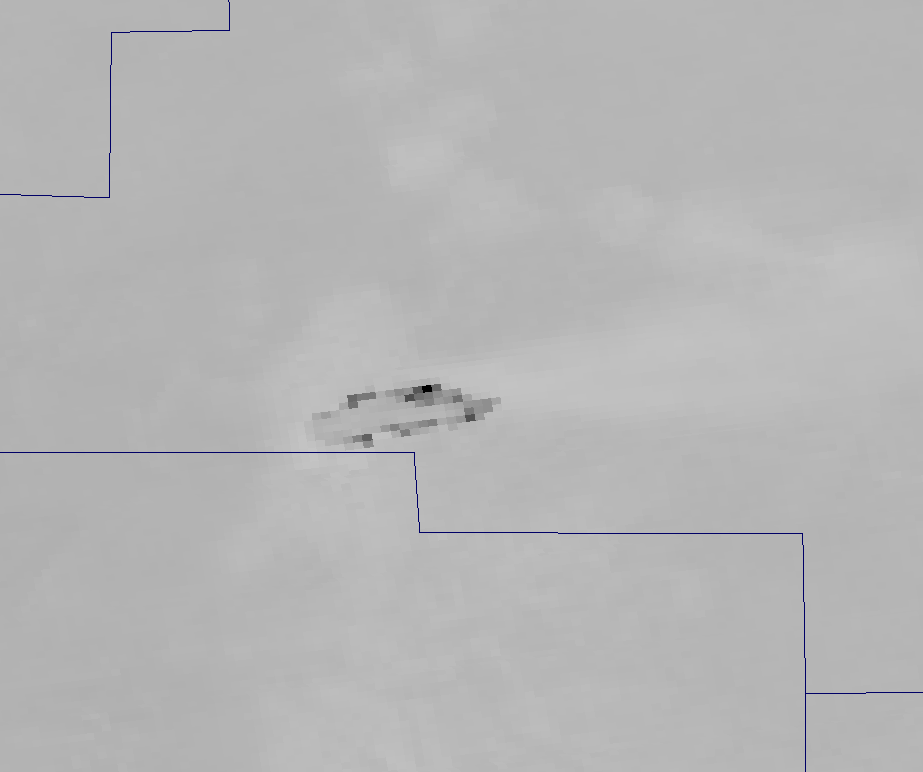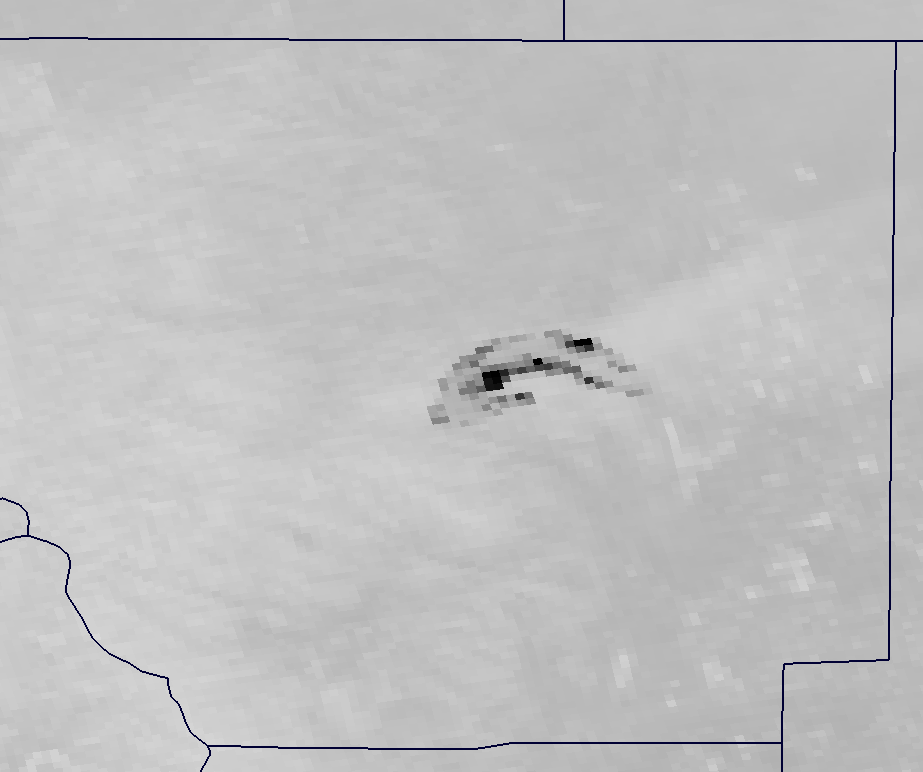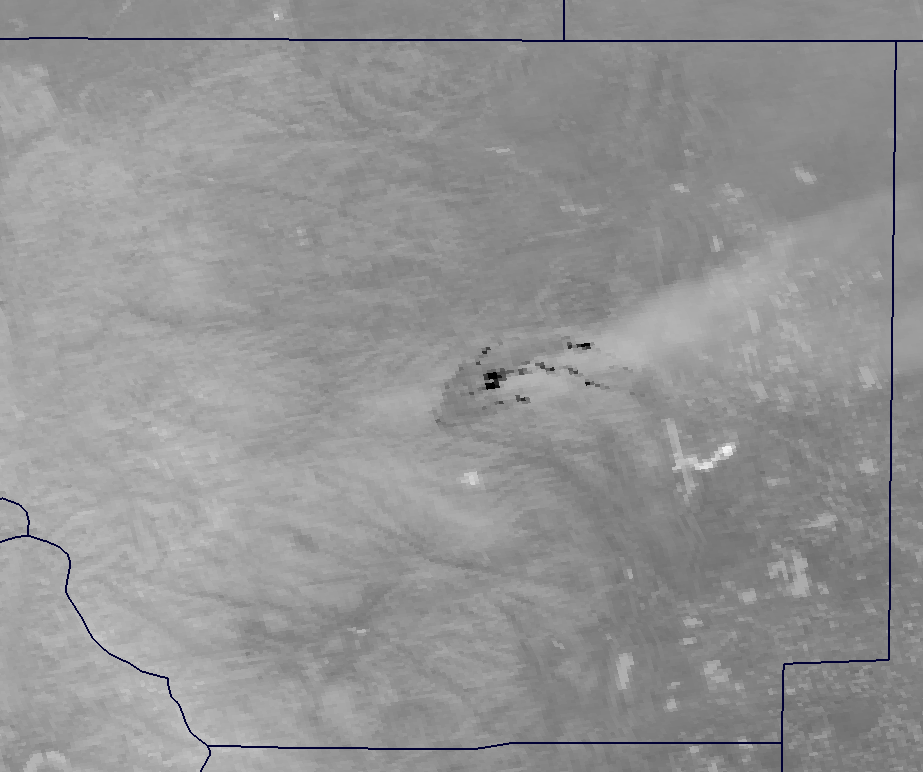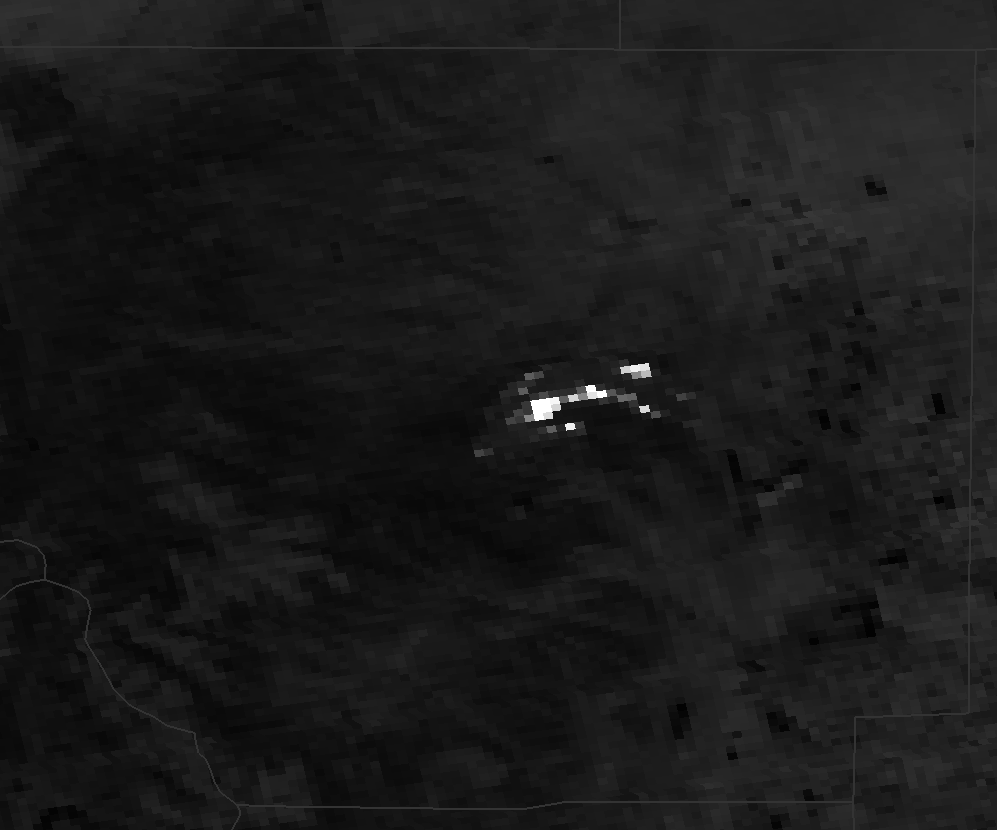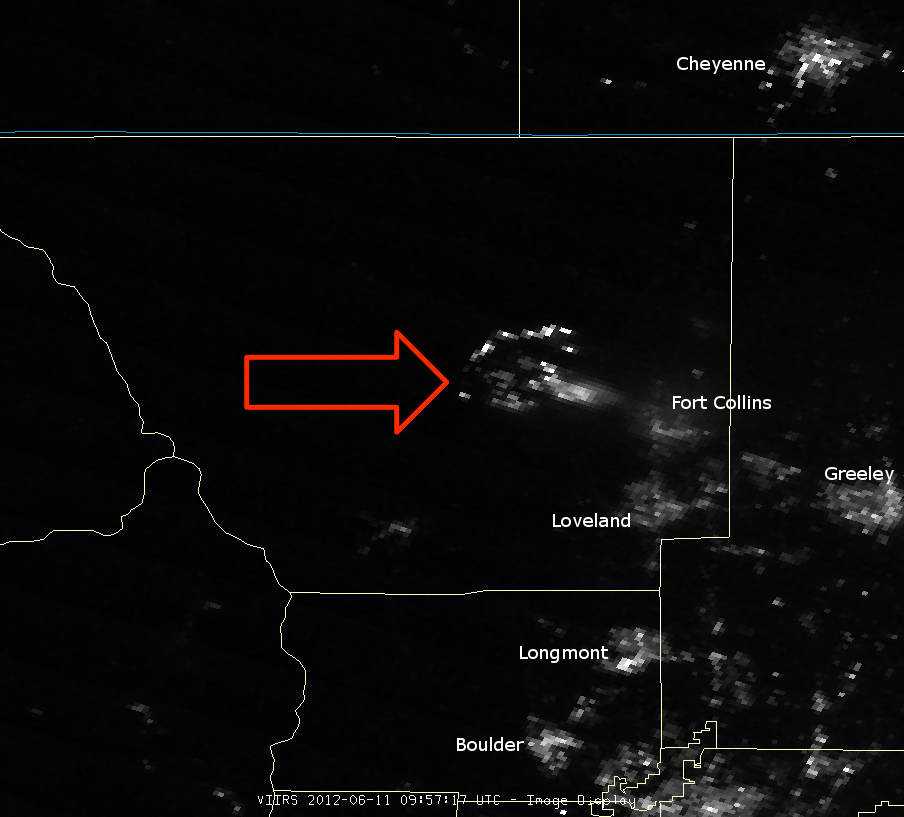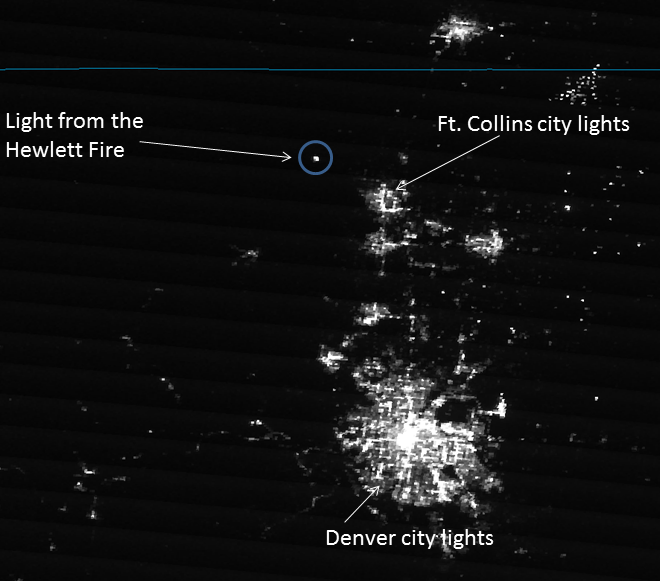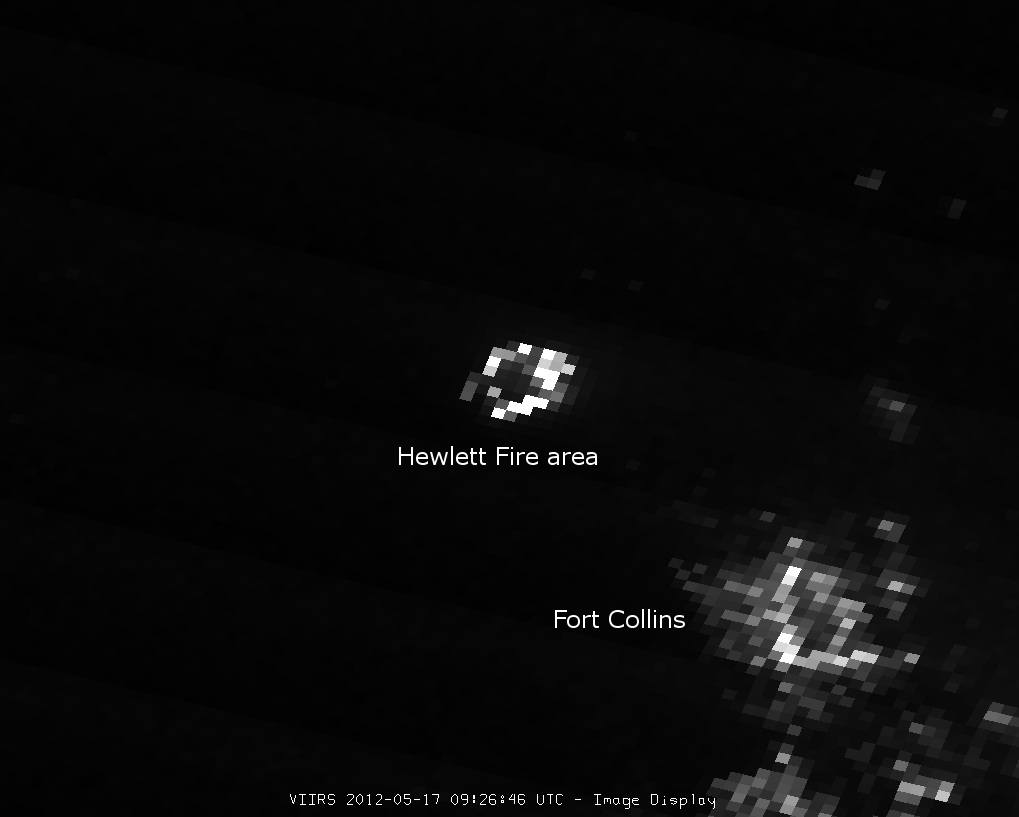Raise your hand if you’ve only ever heard of Yakutsk because of the board game “Risk”. (If you raised your hand, you might want to look around and make sure that no-one saw you raise your hand for no reason.) Yakutsk is actually the capital city of the Sakha Republic (a.k.a. Yakutia), which, according to Wikipedia, is the largest sub-national governing body in the world (only slightly smaller than India in terms of land area). Over 260,000 people live in Yakutsk, which has been called the “Coldest City on Earth” (with 950,000 total in Yakutia) even though, according to this article, it doesn’t sound very pleasant in the winter (or summer, for that matter). In January, the average temperature is -42 °C (-45 °F), and it isn’t very far from Oymyakon, where the lowest temperature ever recorded in a permanently inhabited location was observed (-71.2 °C or -96.2 °F). In the summer, it can make it up to +35 °C (95 °F) and legends tell of reindeer dying from choking on all the insects that cloud the air.
This summer, large areas of Siberia (including Yakutia) have been on fire. Some pictures from MODIS have already been circulating around the internet (e.g. here and here). And someone beat me to posting VIIRS images already. To make it easier to judge the size of the fires that are visible in the VIIRS Day/Night Band (DNB) image in the last link, here is a close-up with latitude and longitude lines added:

VIIRS DNB image of fires in Siberia, taken 16:25 UTC 4 August 2012
At this latitude, longitude lines are ~55 km apart. The latitude lines are ~111 km apart. So, you can see that these fires cover quite a large area. Unfortunately, you can’t see Yakutsk, which is underneath the clouds (and possibly smoke) at about 62° N, 130° E.
For comparison, here is the M-13 (4.05 µm) image from the same time. The primary purpose of M-13 is to detect wildfires. Notice how all of the hot spots (black spots) line up with all of the light sources that the DNB saw:

VIIRS channel M-13 brightness temperature image taken 16:25 UTC 4 August 2012
The visible image from earlier that day showed just how much smoke was produced by all of these fires:

Visible image of fires in Siberia from VIIRS channel M-5, taken 02:38 UTC 4 August 2012
Except for a few clouds near the edges of the scene, that is pretty much all smoke.
A few days later, the burn areas were easily visible with many fires still active, although not producing nearly as much smoke. RGB composites can really highlight what is going on with these fires, so let’s look at a few.
You should already be familiar with the “true color” image (M-3, 0.488 µm [blue], M-4, 0.555 µm [green] and M-5, 0.672 µm [red]):

True color image from VIIRS channels M3, M4 and M5 of fires in Siberia, taken 03:22 UTC 7 August 2012
And the “pseudo-true color” image made by combining the first three I-bands (I-01, 0.64 µm [blue], I-02, 0.865 µm [green] and I-03, 1.61 µm [red]):
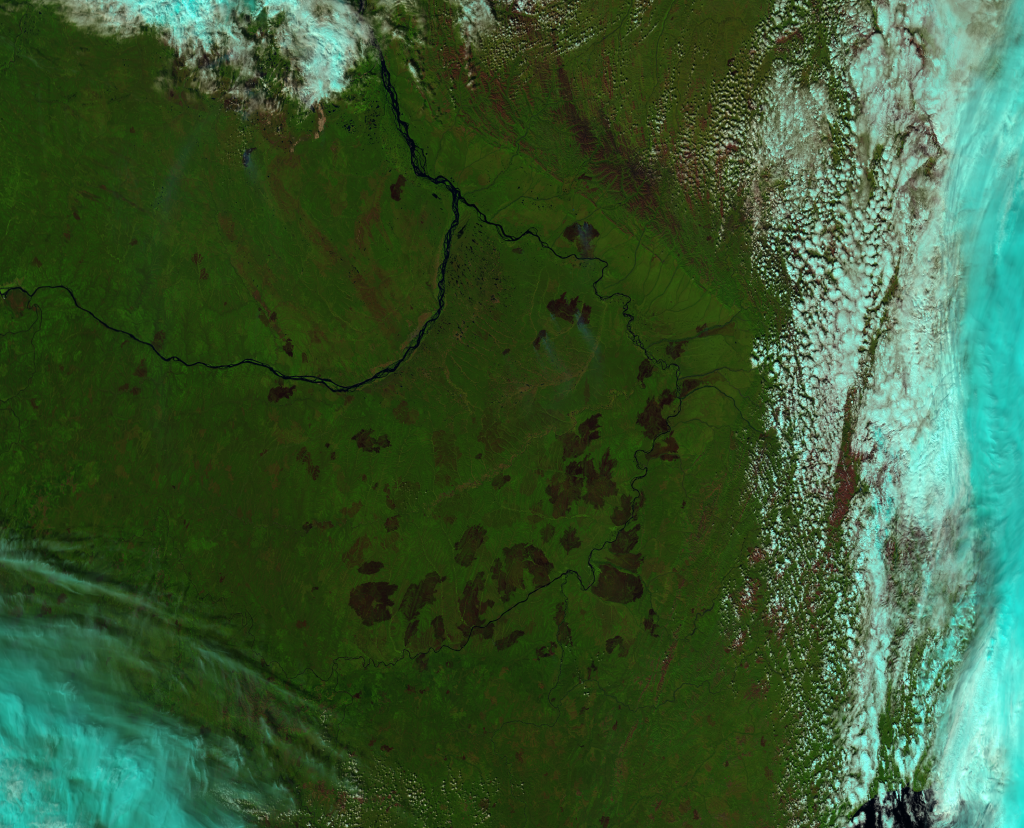
False color (or "pseudo-true color") image of fires in Siberia from VIIRS channels I-01, I-02 and I03, taken 03:22 UTC 7 August 2012
The “pseudo-true color” image may be referred to as “natural color” depending on who you talk to. It should be noted that these last two images were kept at the native resolution of VIIRS with no re-mapping or re-sizing the image. There is only cropping to keep the file sizes manageable.
As discussed before, the pseudo-true color composite has the advantage of easily distinguishing ice and snow from liquid clouds, and it is really sensitive to vegetation. Plus, scattering by molecules in the atmosphere is greatly reduced, so you don’t have to do any atmospheric correction to produce a nice image. There is also the advantage that it uses I-bands, which have twice the resolution of the M-bands. But, that advantage was almost always neutralized by the fact that the images would have to be compressed to create a reasonable file size so that it would fit on this blog. If you click on the images above, then on the full-resolution link below the banner, you can easily compare the true resolution between the M-band image and the I-band image.
You can see here that the burn scars (all the dark brown areas) show up really well in the pseudo-true color image. (Some of the lighter or reddish brown areas are mountain ranges.) You might also notice that the active fires are still producing smoke, which shows up a lot better in the true color image. Some of the burn scars cover an area close to 60 km across.
As luck would have it (or, more accurately, the planning ahead by the scientists and engineers who designed VIIRS), channels M-5 (0.672 µm), M-7 (0.865 µm) and M-10 (1.61 µm) are very similar to the first three I-bands, so we can easily produce an M-band “pseudo-true color” image:

"Pseudo-true color" composite of VIIRS channels M-5, M-7 and M-10 of fires in Siberia, taken 03:22 UTC 7 August 2012
For reference, the location of Yakutsk has been identified. Also, if you’re curious, the big river that curves from the left-middle of the image to the top-center is the Lena River. It is up to 10 km wide in parts, particularly north of Yakutsk. Its second largest tributary, the Aldan River, is also easily visible as it meanders through a lot of the burn areas.
If you replace M-10 with M-11 (2.25 µm) as the red channel, you get this image:

False color RGB composite of VIIRS channels M-5, M-7 and M-11, taken 03:22 UTC 7 August 2012
Here, the green is darker due to the lower reflectivity of the surface in M-11 compared with M-10. The advantage of this RGB composite it that, if you zoom in, you can actually see where the fires are still active, as those pixels show up bright red. (If the fire is hot enough, you’ll get red pixels in the “pseudo-true color” composite also, but M-11 is more responsive to heat from fires than M-10, so you can see lower temperature fires this way.) You can also see the faint bluish smoke plumes originating from the areas that are actively burning.
If you go in the other direction and use only the shortest wavelengths, the surface becomes difficult to see, but the smoke stands out more. Here is the RGB composite of M-1 (0.412 µm [blue]), M-2 (0.445 µm [green]) and M-3 (0.488 µm [red]):

False color RGB composite of VIIRS channels M-1, M-2 and M-3, taken 03:22 UTC 7 August 2012
Here, the wavelengths of these channels range from the violet to the blue portion of the visible spectrum. At these shorter wavelengths, scattering in the atmosphere becomes much more important and the solar radiation has a tough time making it all the way to the surface. All the smoke and haze increases the scattering, so it is difficult to pick out features on the surface. That same scattering, though, really highlights the smoke plumes, which are difficult to see in the other false color composites. Since the scattering by the stuff in this image doesn’t vary much between these three channels, you get an image without much color to it.
With much of Colorado and, really, much of the western U.S. having burned already this year, it’s easy to know what the people of Siberia are going through. Fortunately, none of the fires have really threatened any towns. And, another plus: I bet those clouds of mosquitoes don’t like the dry weather that has caused all of these fires.

















